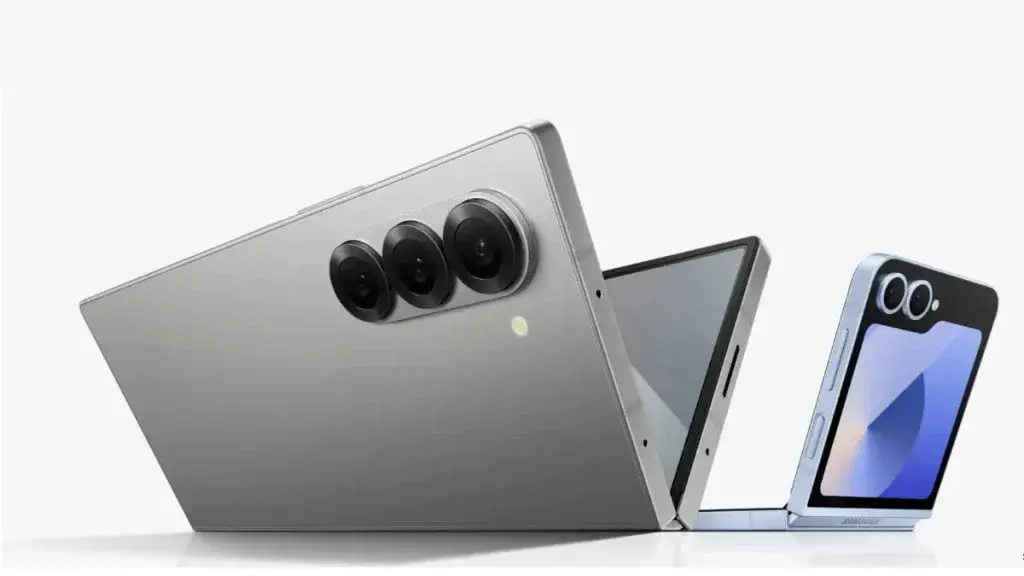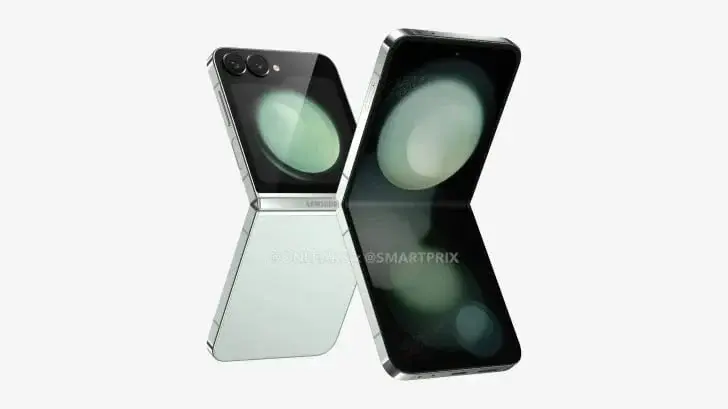Weibo tipster Digital Chat Station has shared some significant details about the Redmi Note 14 Pro’s display and camera system.
Redmi Note 13 Pro
The tipster indicates a reduction in the main camera’s resolution to 50MP. According to the information, the mid-range device will feature a 1.5K micro-curved panel with a centered punch-hole cutout for the front-facing camera.
Camera and Display Features
He also mentioned that the phone will have a 50MP “large” main sensor but will lack a periscope telephoto lens. Unlike its predecessor, this phone might sport a centered elliptical camera island. Based on the comments, this device is expected to be the Xiaomi Redmi Note 14 Pro. Unfortunately, this is all the information available about the device at the moment.
Specifications of Redmi Note 13 Pro
For comparison, the Redmi Note 13 Pro includes a 6.67″ 2712×1220 flat AMOLED display with slim bezels. It features a 16MP centered punch-hole selfie camera and a 200 MP + 8 MP + 2MP rear camera setup. The main high-resolution camera of the predecessor boasts OIS, multi-directional PDAF, an f/1.7 aperture, and a sensor size of 1/1.4″. The device is powered by the Snapdragon 7s Gen 2 chipset, paired with either 8GB or 12GB of RAM. It comes with a 5100mAh battery and supports 67W fast wired charging.200 MP + 8 MP + 2MP rear camera setup
Additional Information on Redmi Note 13 Pro+
The Redmi Note 13 Pro+, on the other hand, is Redmi’s first curved-screen mobile phone, which supports 120W wired charging and houses a 5000 mAh battery. This device also carries the same camera system as the Pro model and shares the same display resolution.
The Redmi Note 14 series is expected to launch in September, as it has already surfaced in the IMEI database. Out of the nine model numbers, six contain “2409,” hinting at a September release, while the remaining three include “2411,” possibly indicating a November launch. This suggests that the series may debut in China in September, with other markets following in November.














